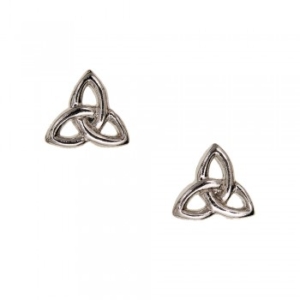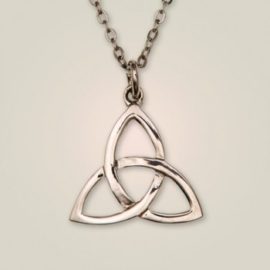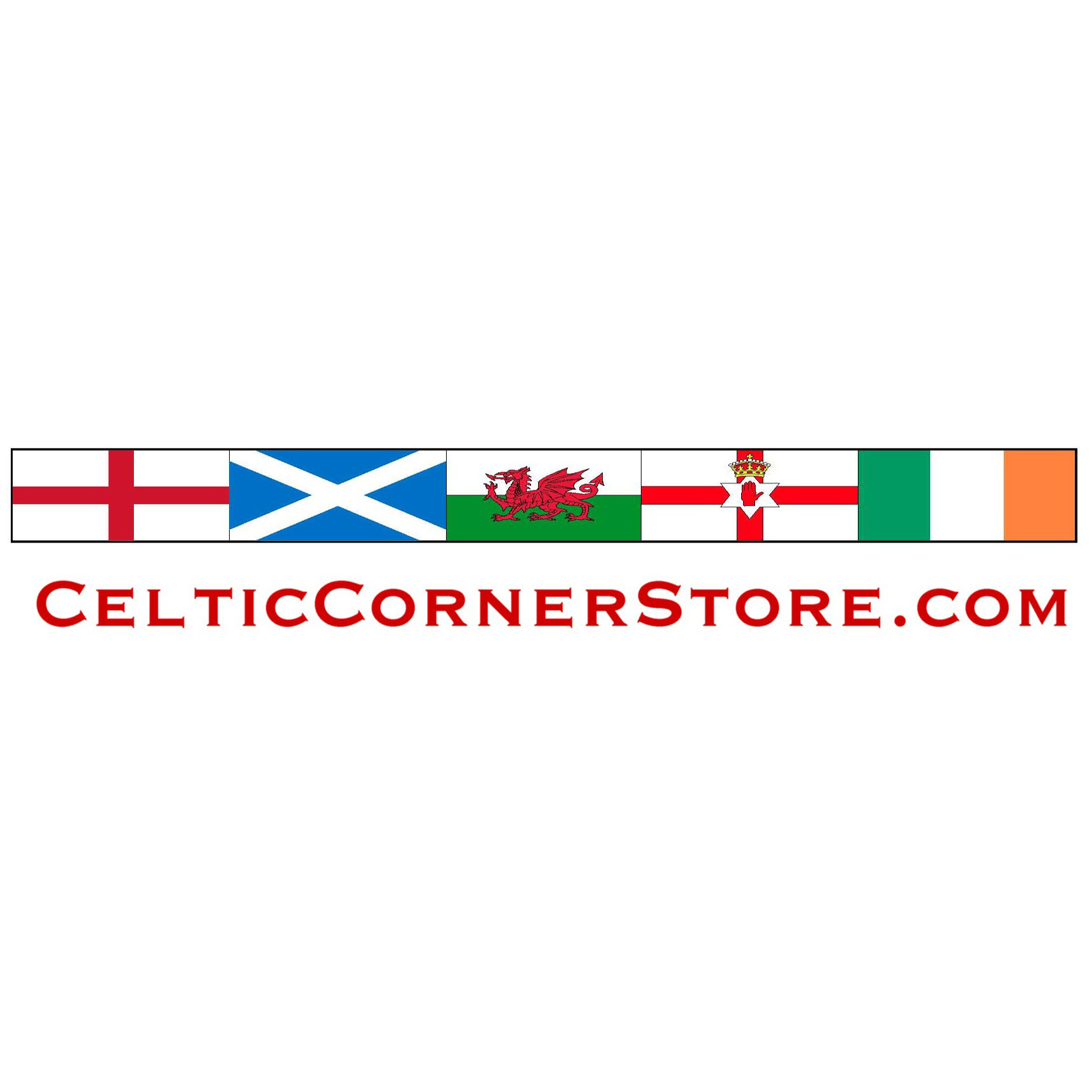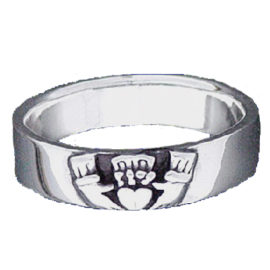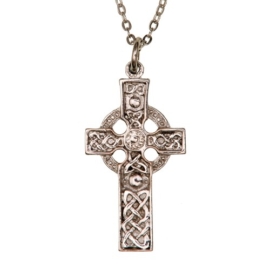Description
3/8″ (1cm) x 3/8″ (1cm)
Sterling Silver, Made in Scotland
Most Celtic knots are created from a four or three-point design. Both four-point and three-point knots have extraordinary symbolic meanings. I don’t want to pile more importance on one over the other. However, the three-point knot is noteworthy. Why? Because the predominance of common Celtic symbols are based on the trinity, which is a symbolic wisdom based on three. The triad in ancient Celtic ideology is huge. It’s a concept that moves on many levels, like: Cosmic, Earthly, and even Human make-up is rolled into a trinity for the Celts. So when we see the repetition of three’s in a Celtic knot, it’s important to make take special note of it.
The Celtic Trinity Knot, or the Triquetra, is one of the most common of the knot ilk.
The term Triquetra comes from Latin, and it means “three-cornered.” There are many schools of thought when discussing the Celtic trinity knot meaning.
All of the various interpretations agree on a culmination of three parts.
For example, early Christian understanding views the symbols as the Father, Son and Holy Spirit. This came into play later with Celtic descendants during the days of Christian conversion.
Whereas, a more ancient Celtic school of thought sees the trinity knot as the drawing of the three inherent feminine powers: Mother, Crone, and Maiden. But this is only one slant on the Celtic triad. Another understanding can be found in a more metaphysical arena where the three corners represent mind, body and spirit.

